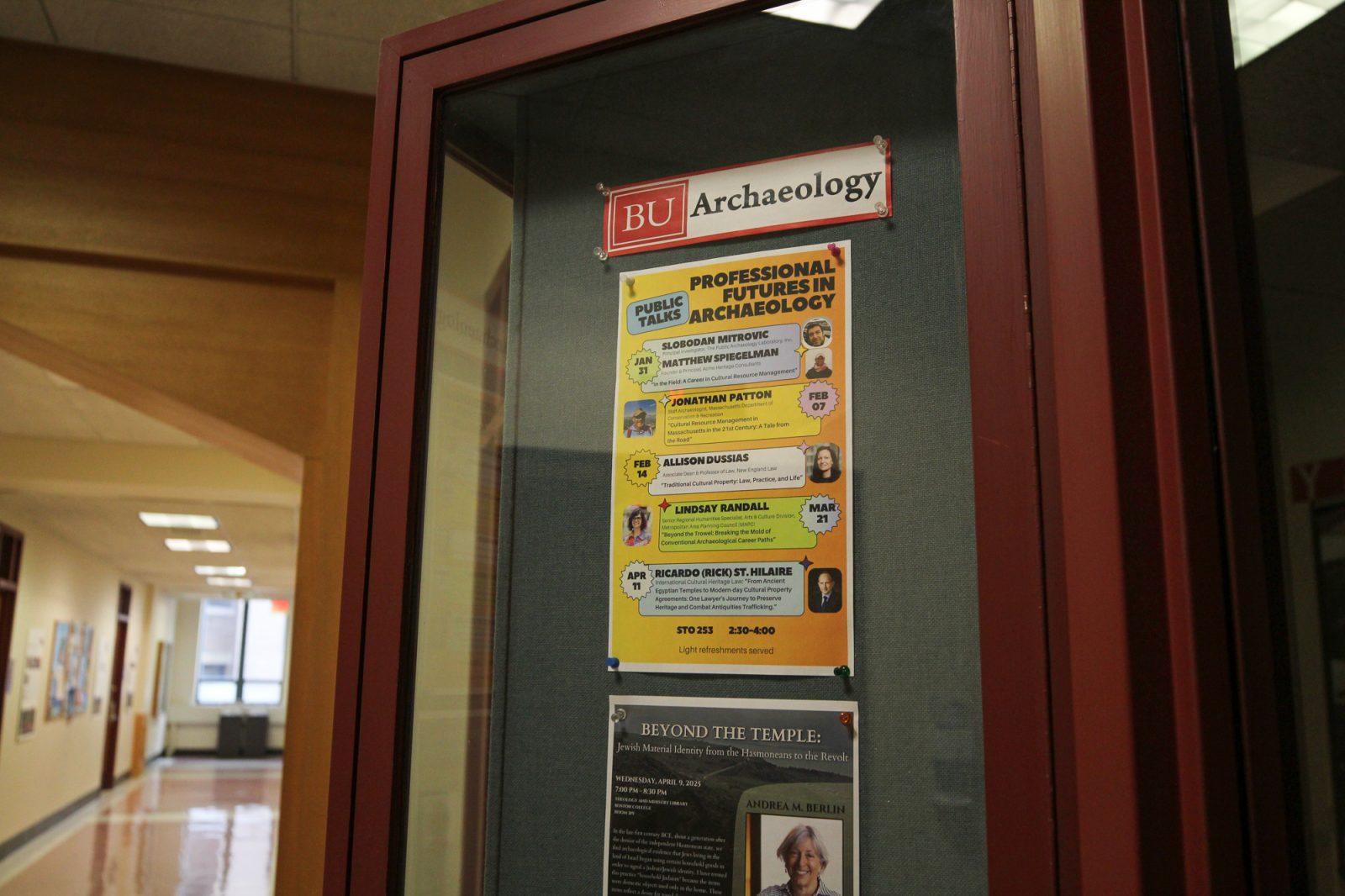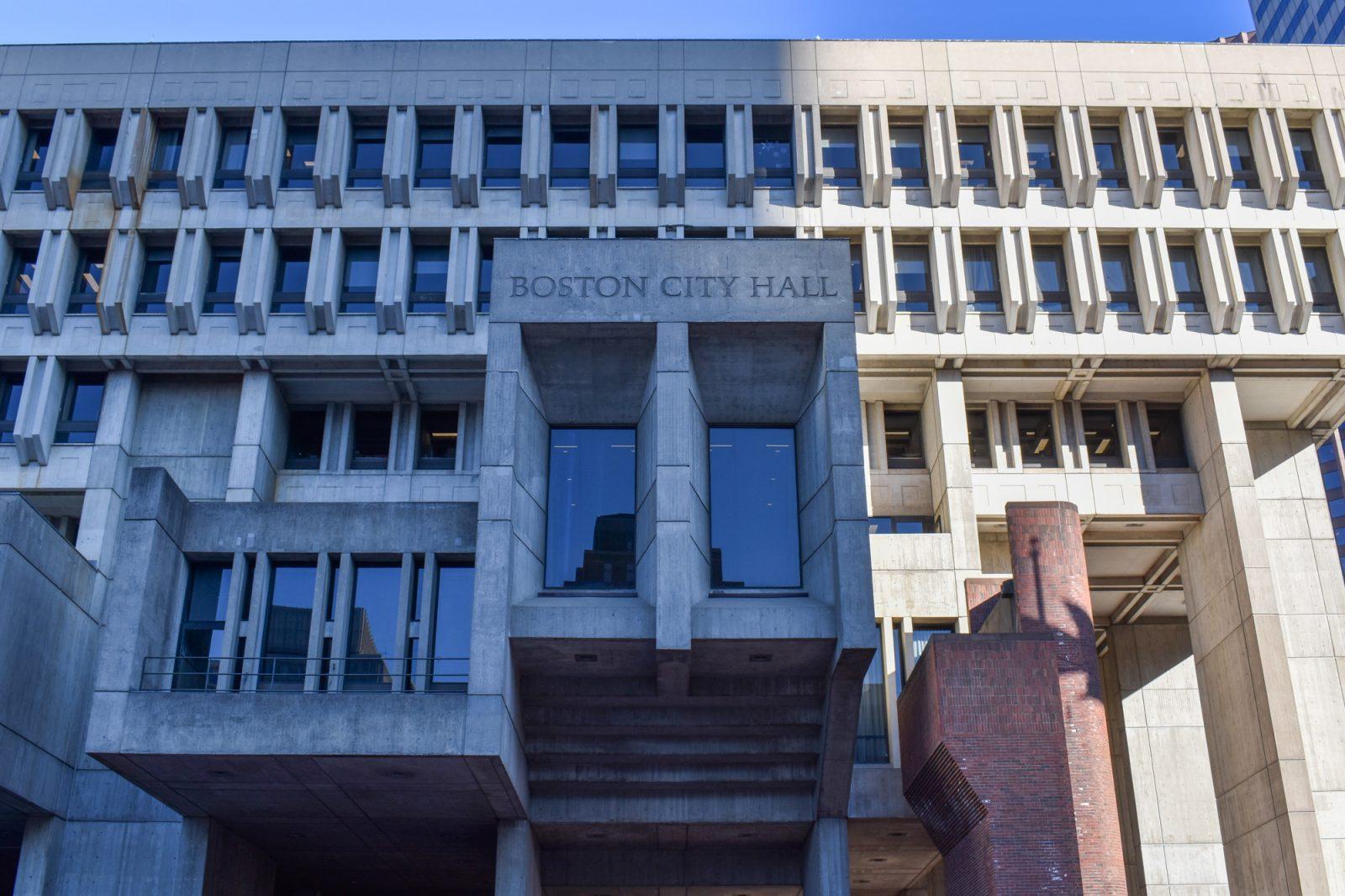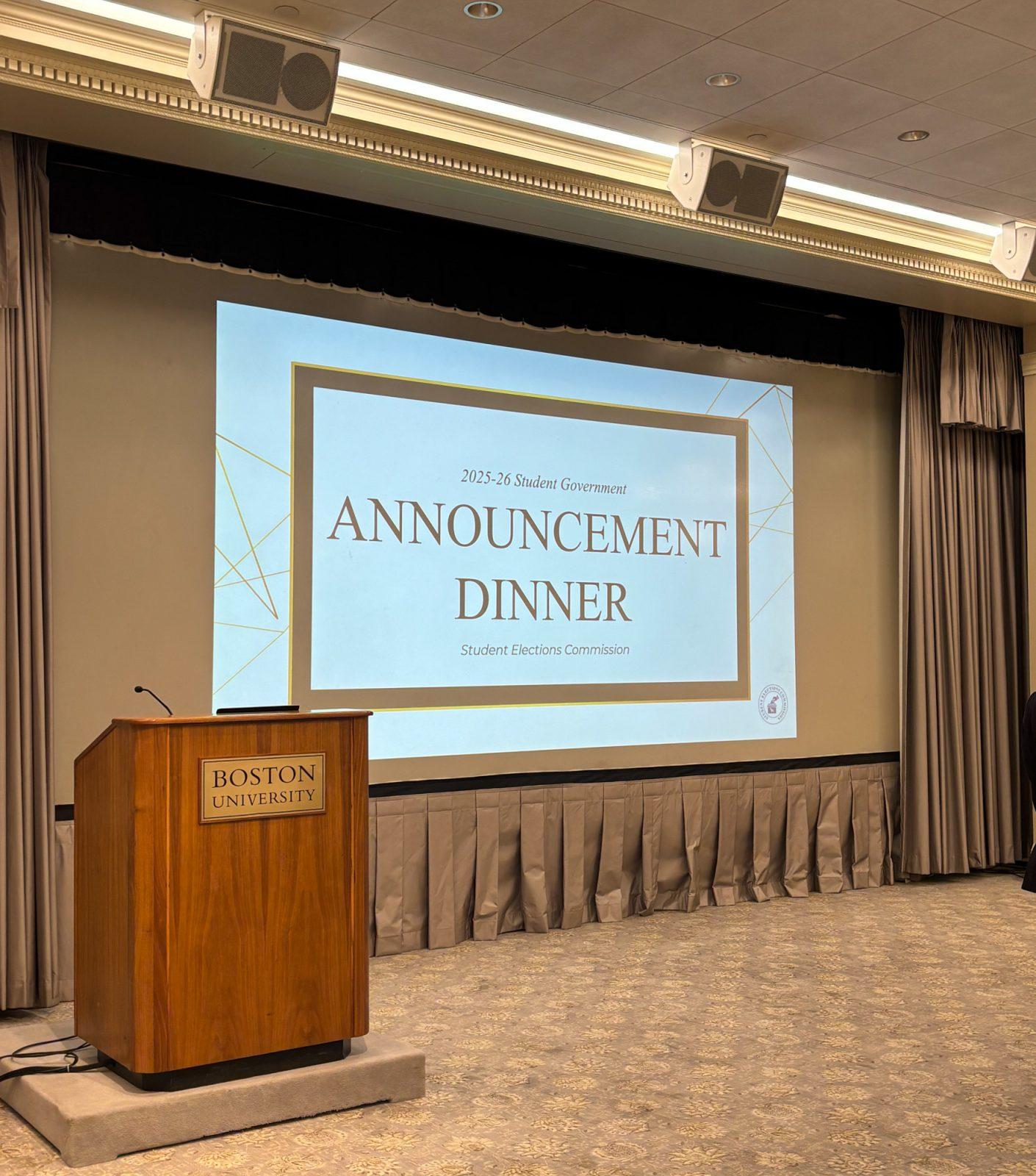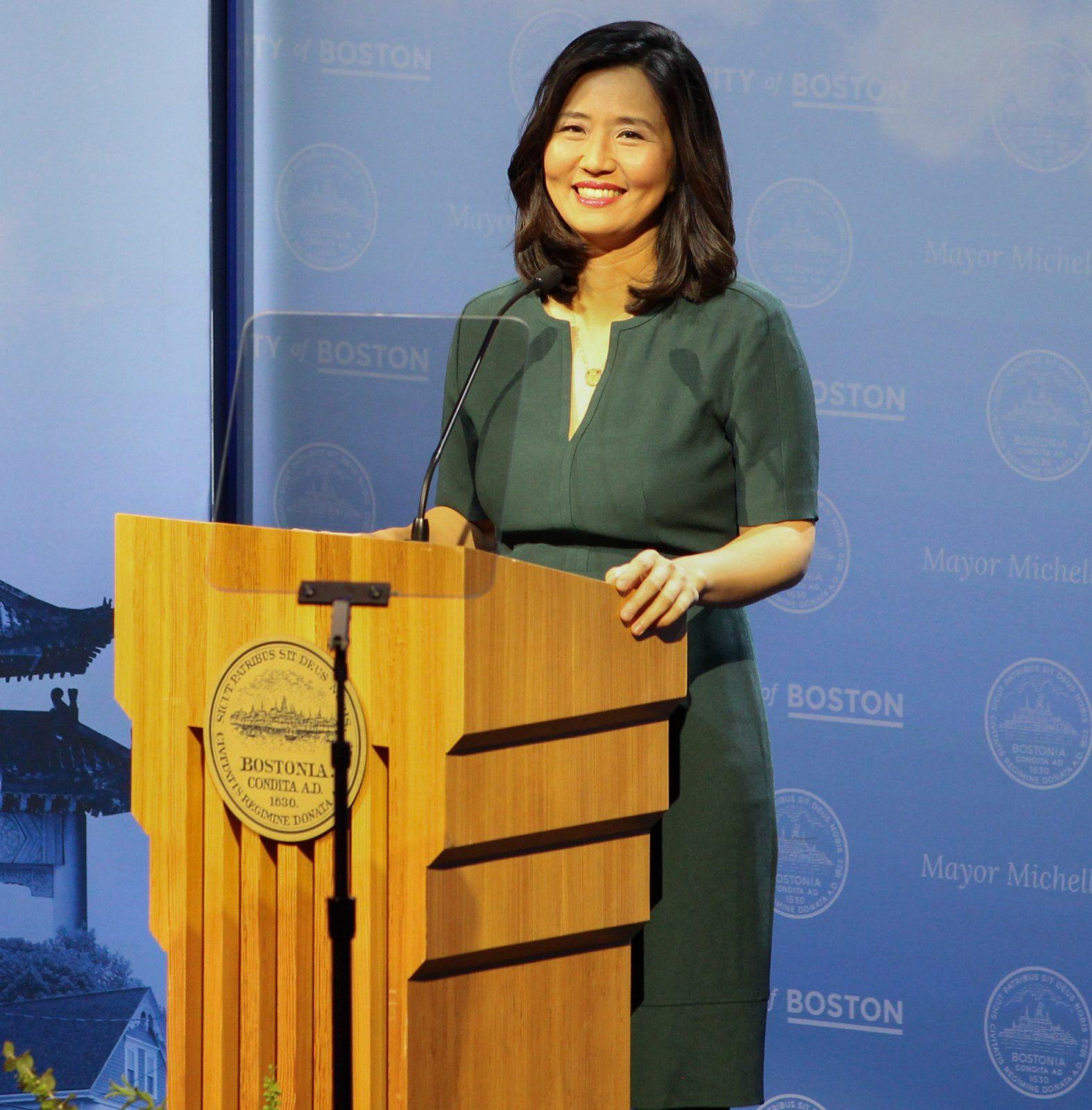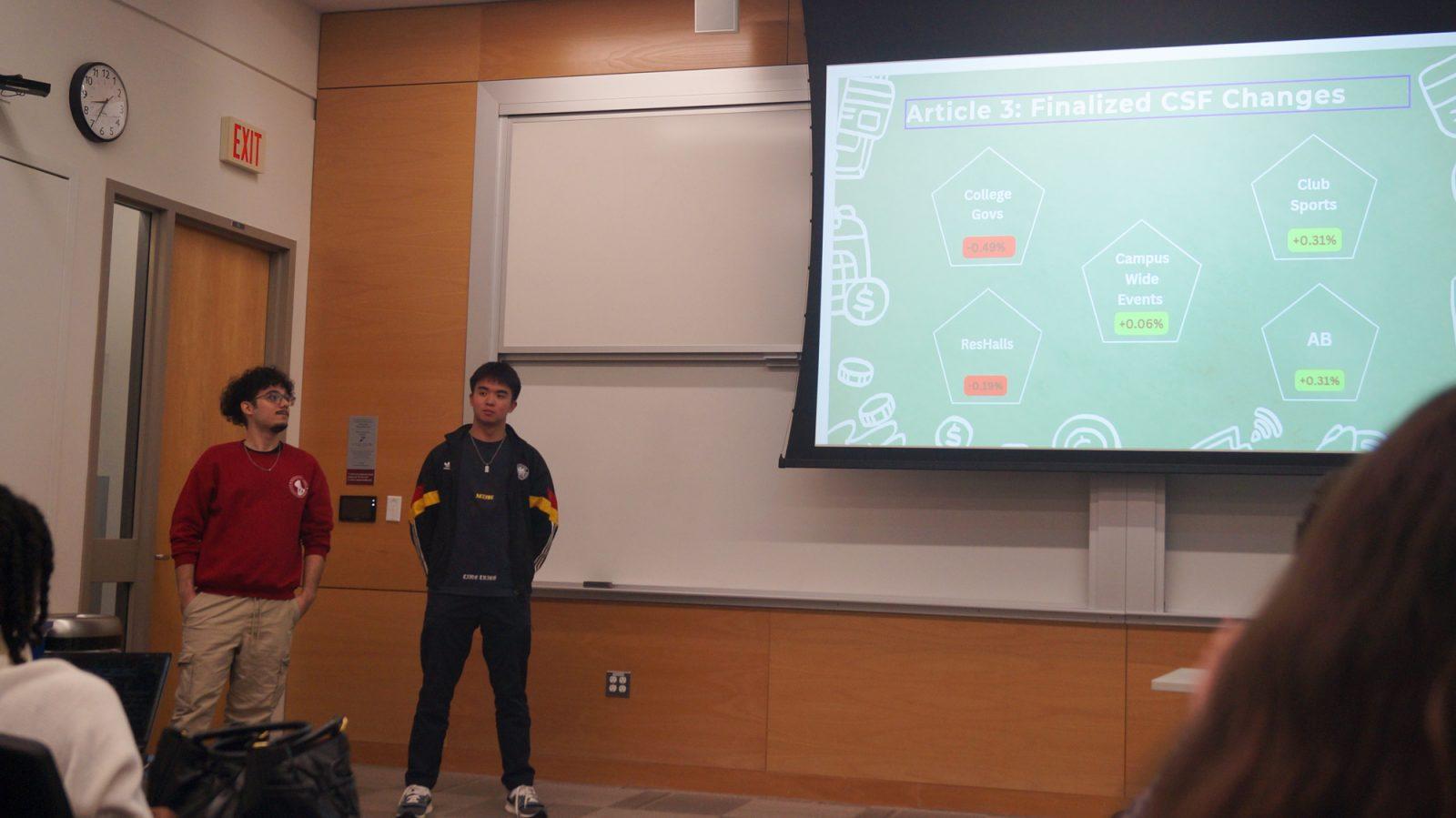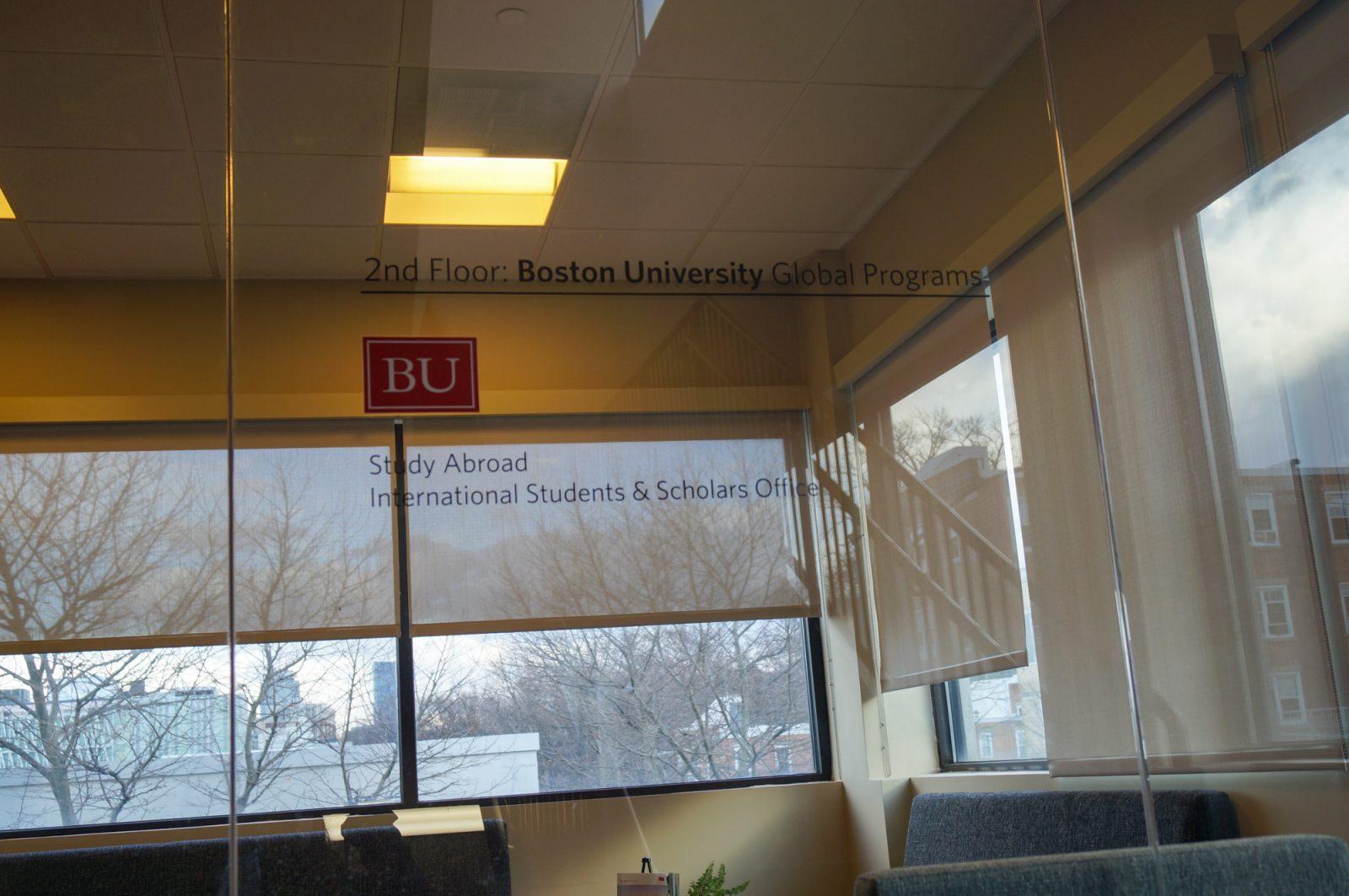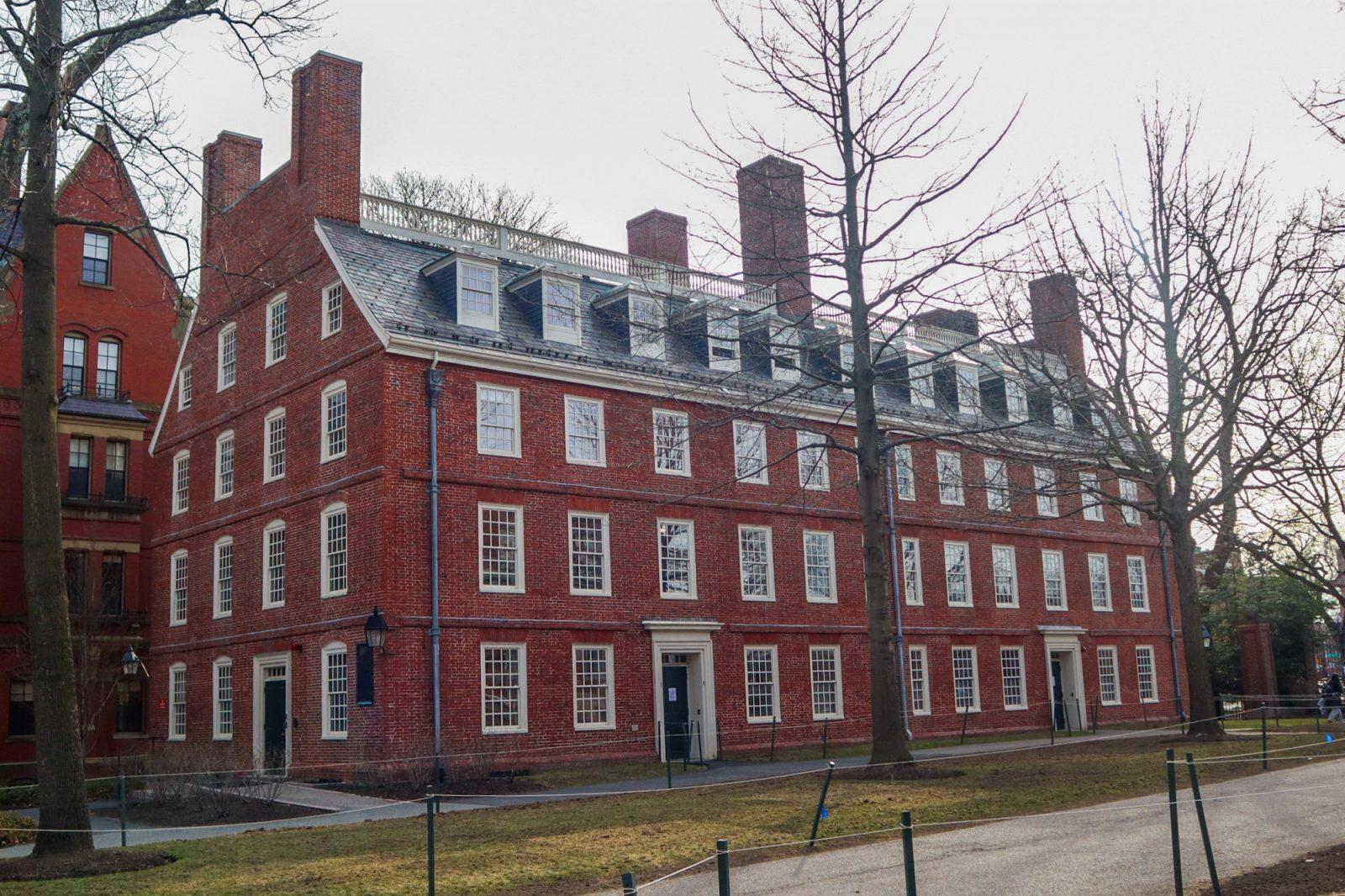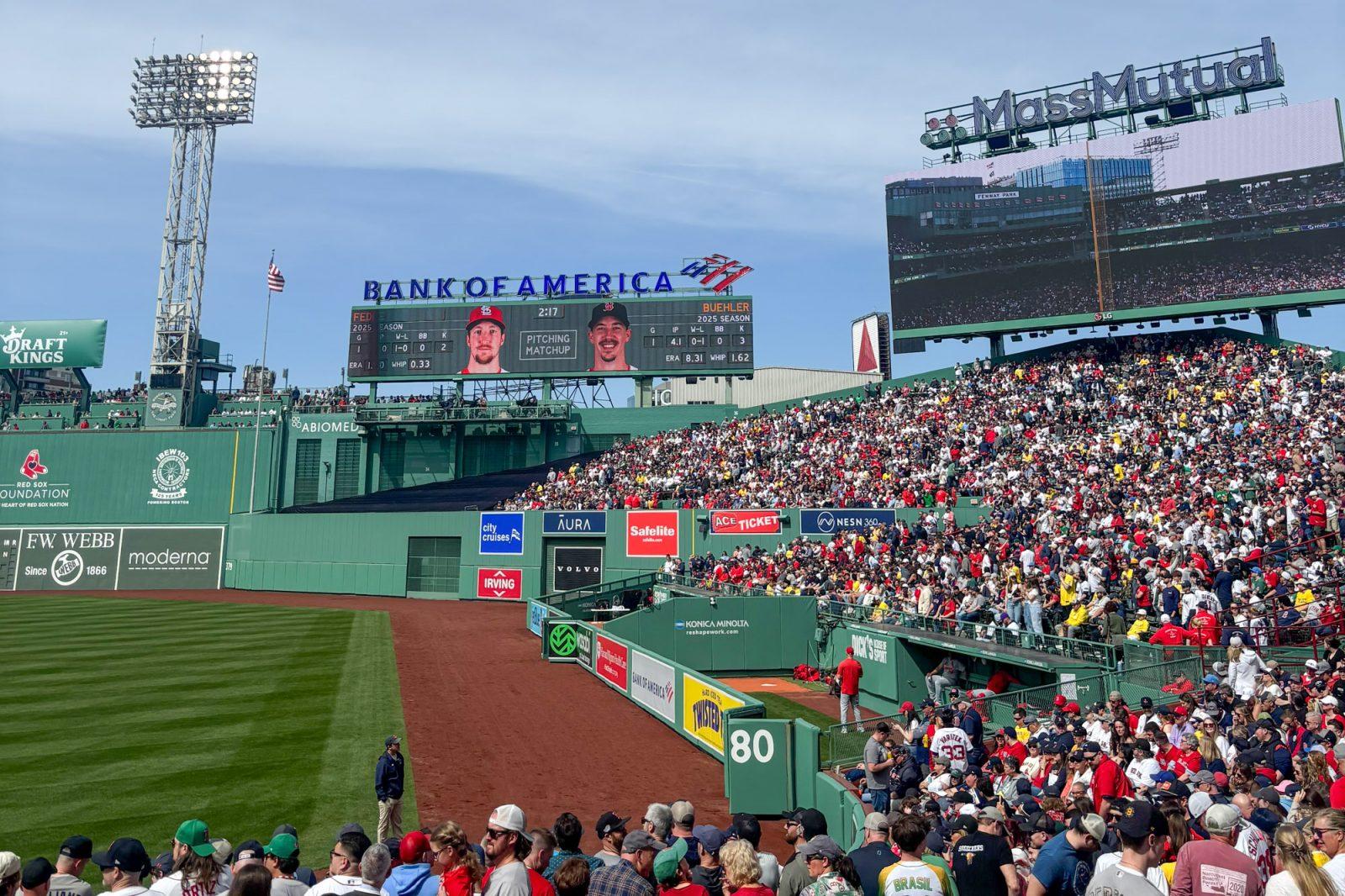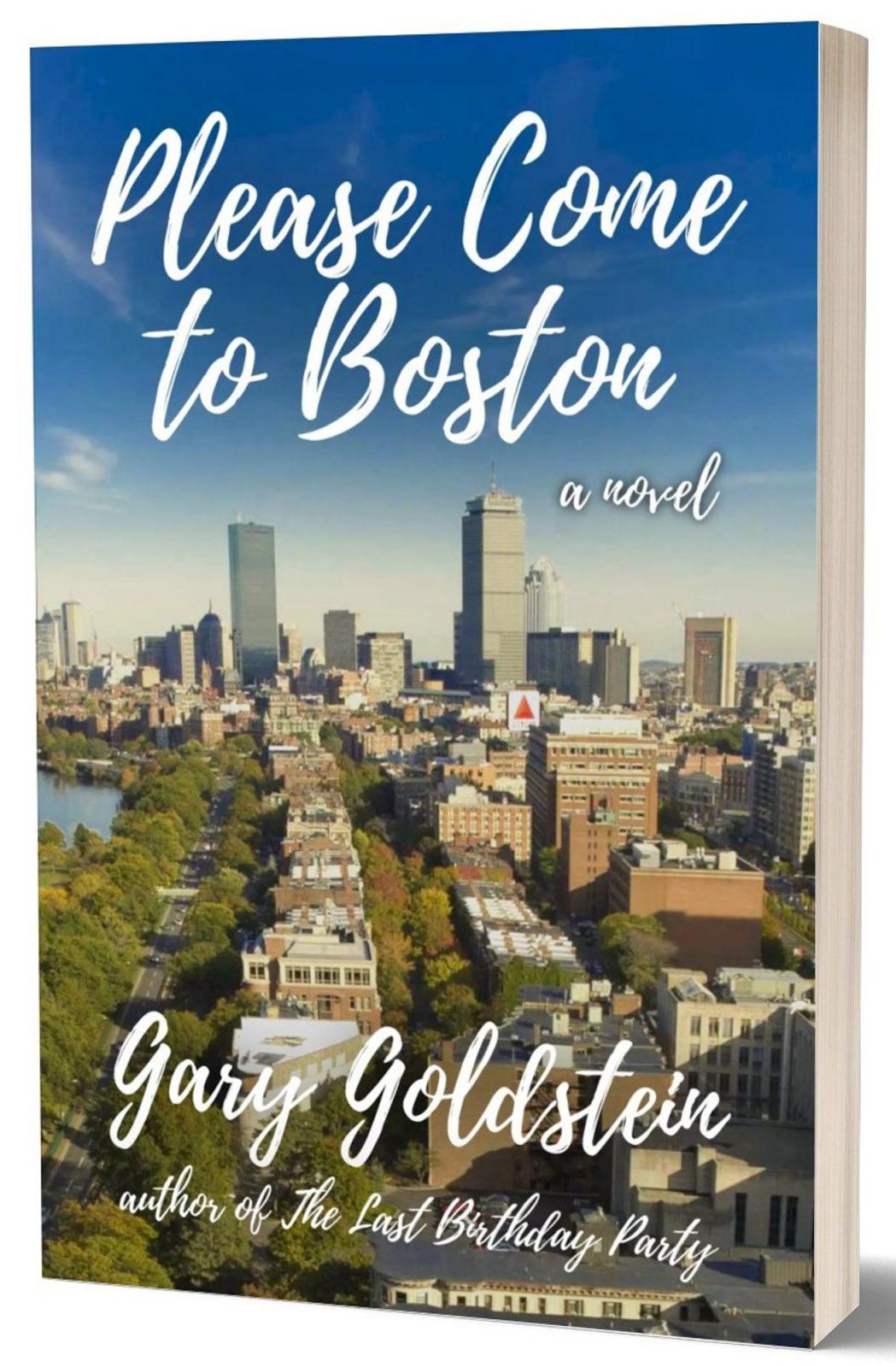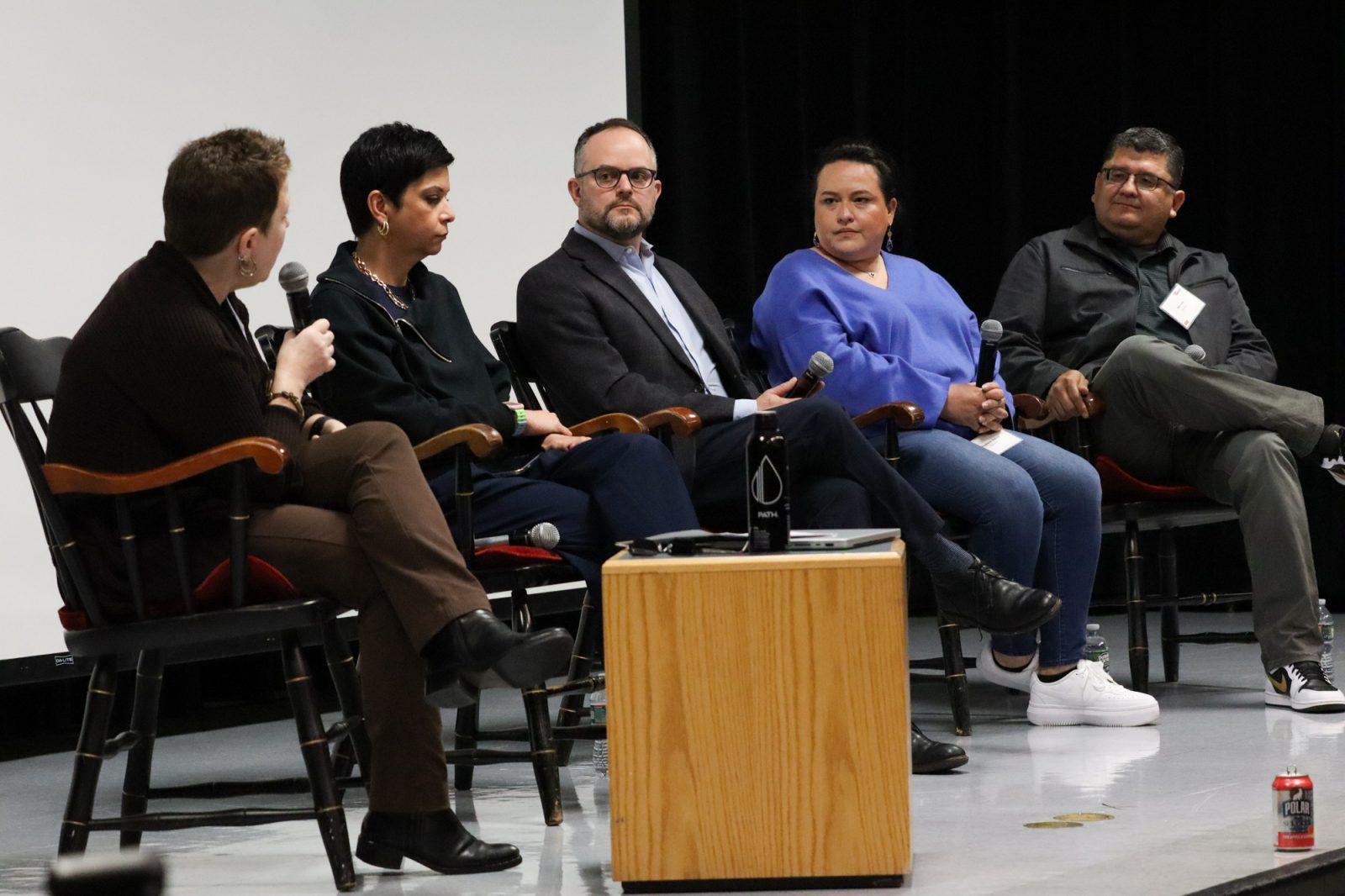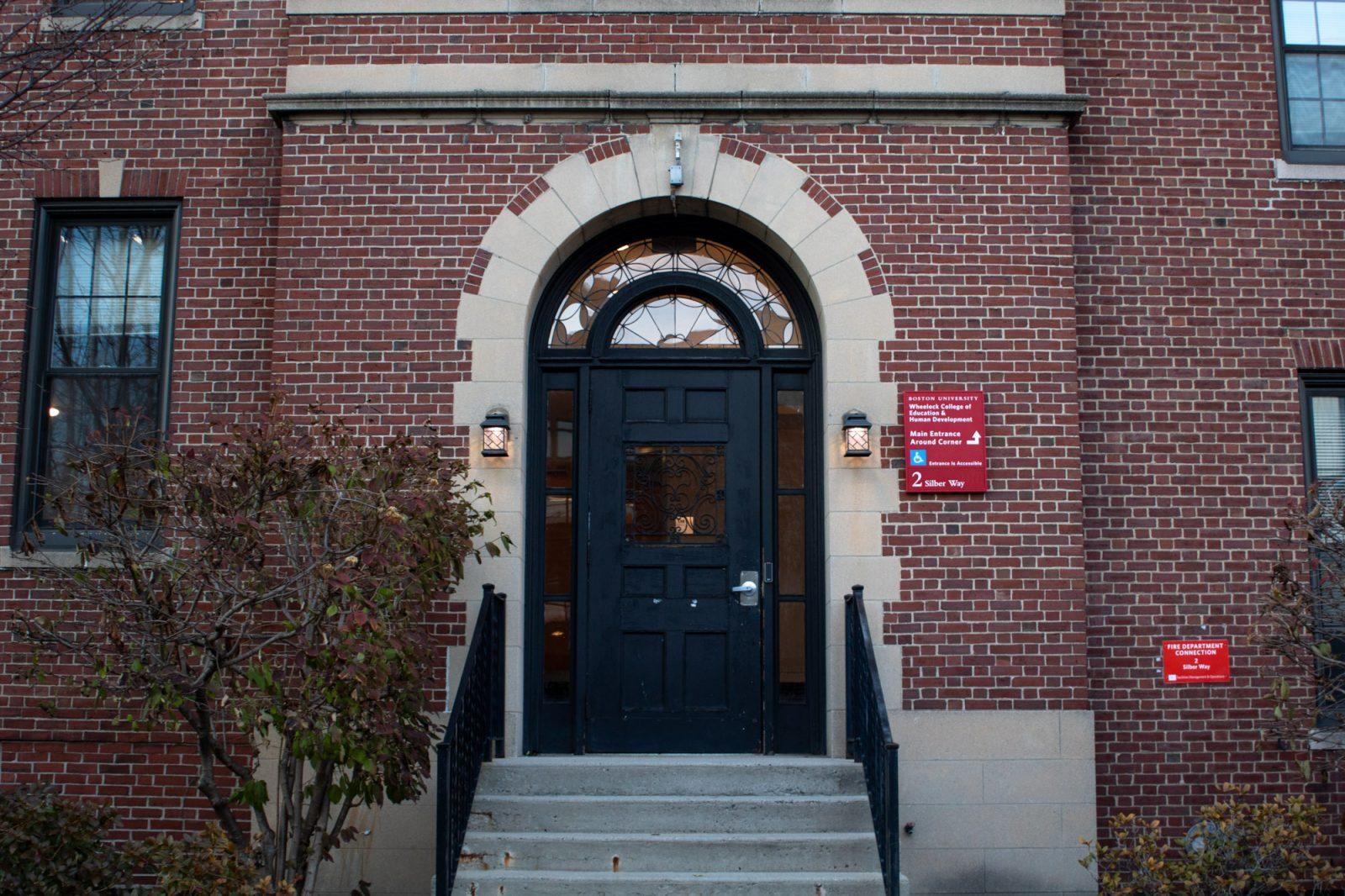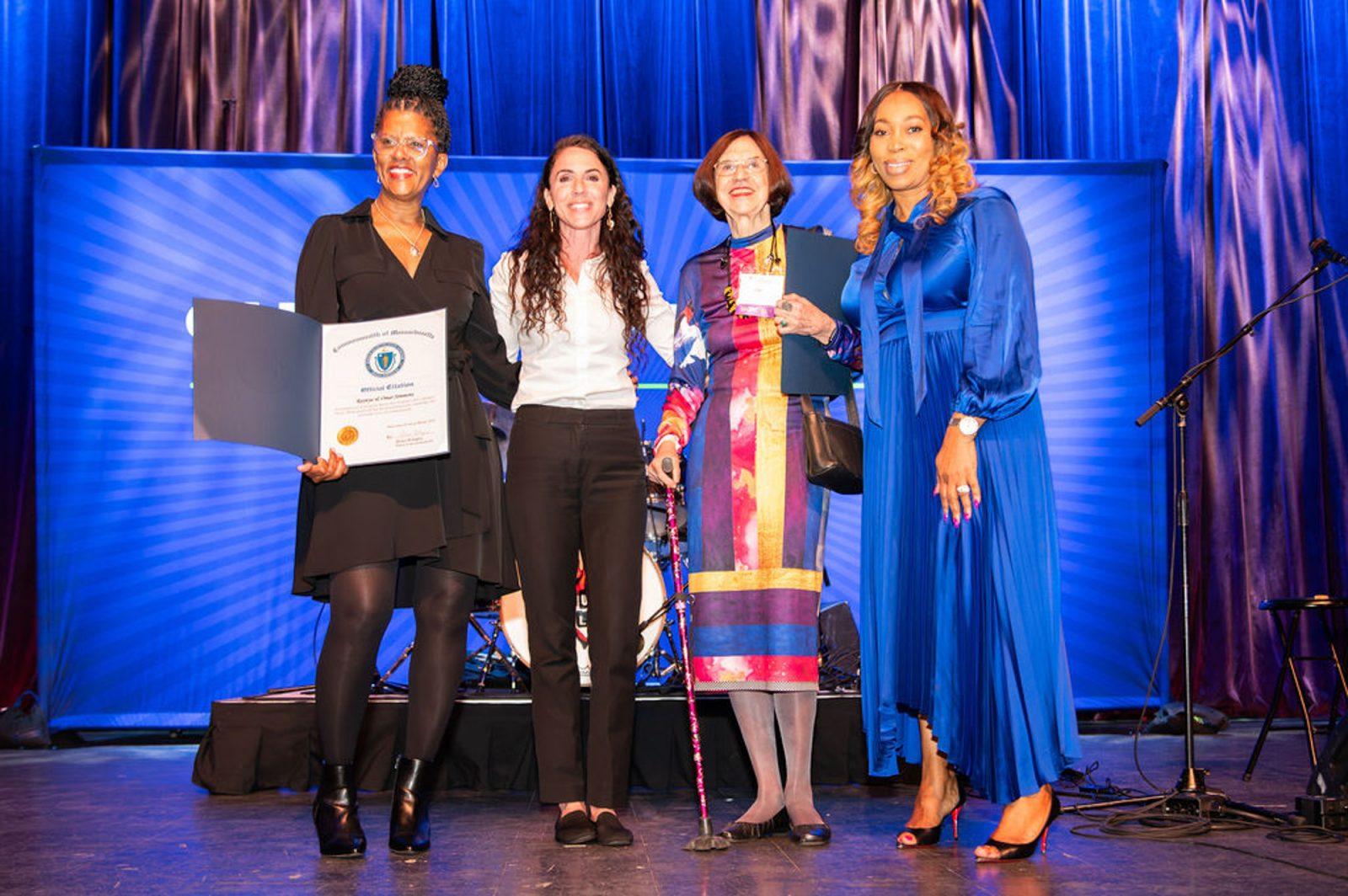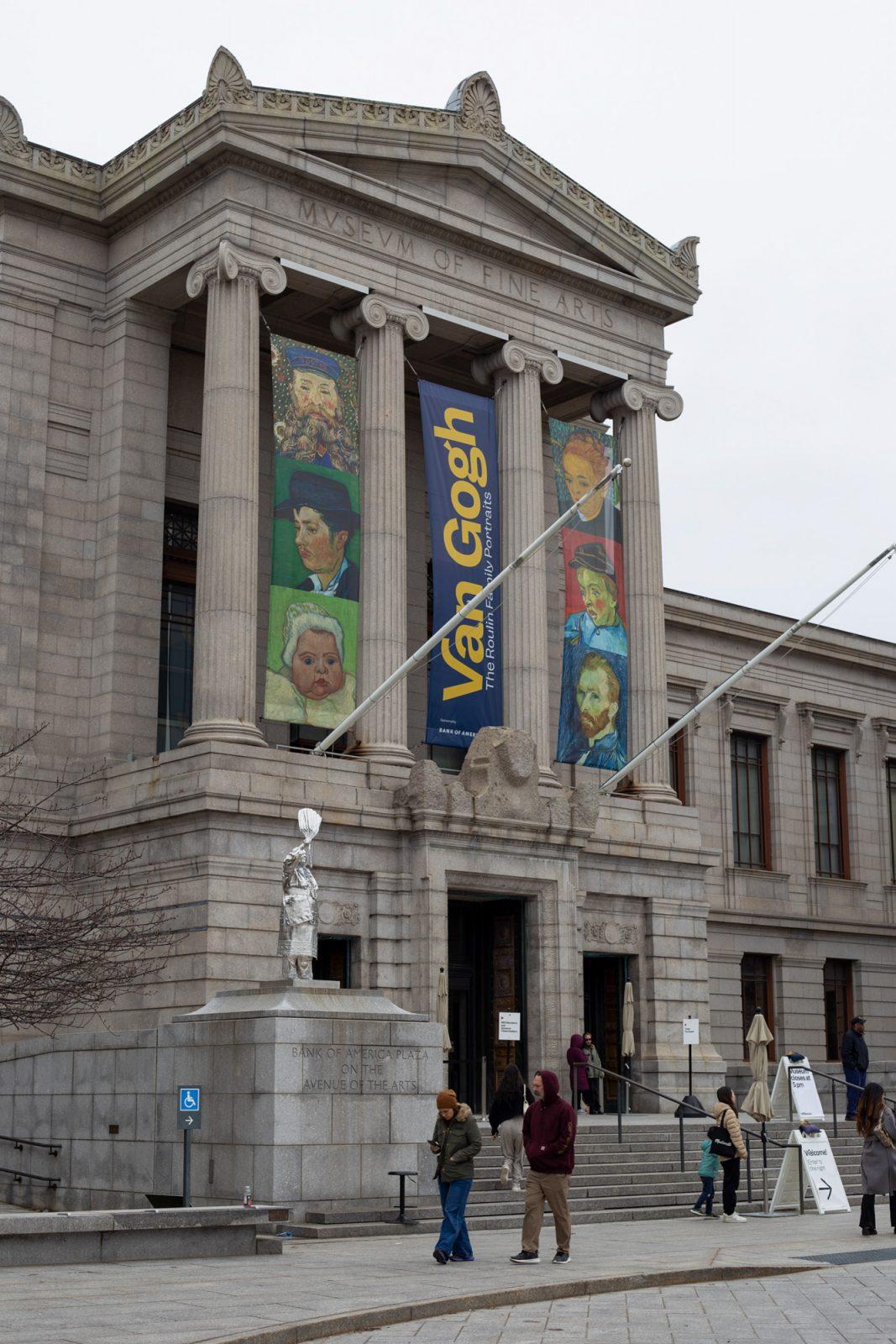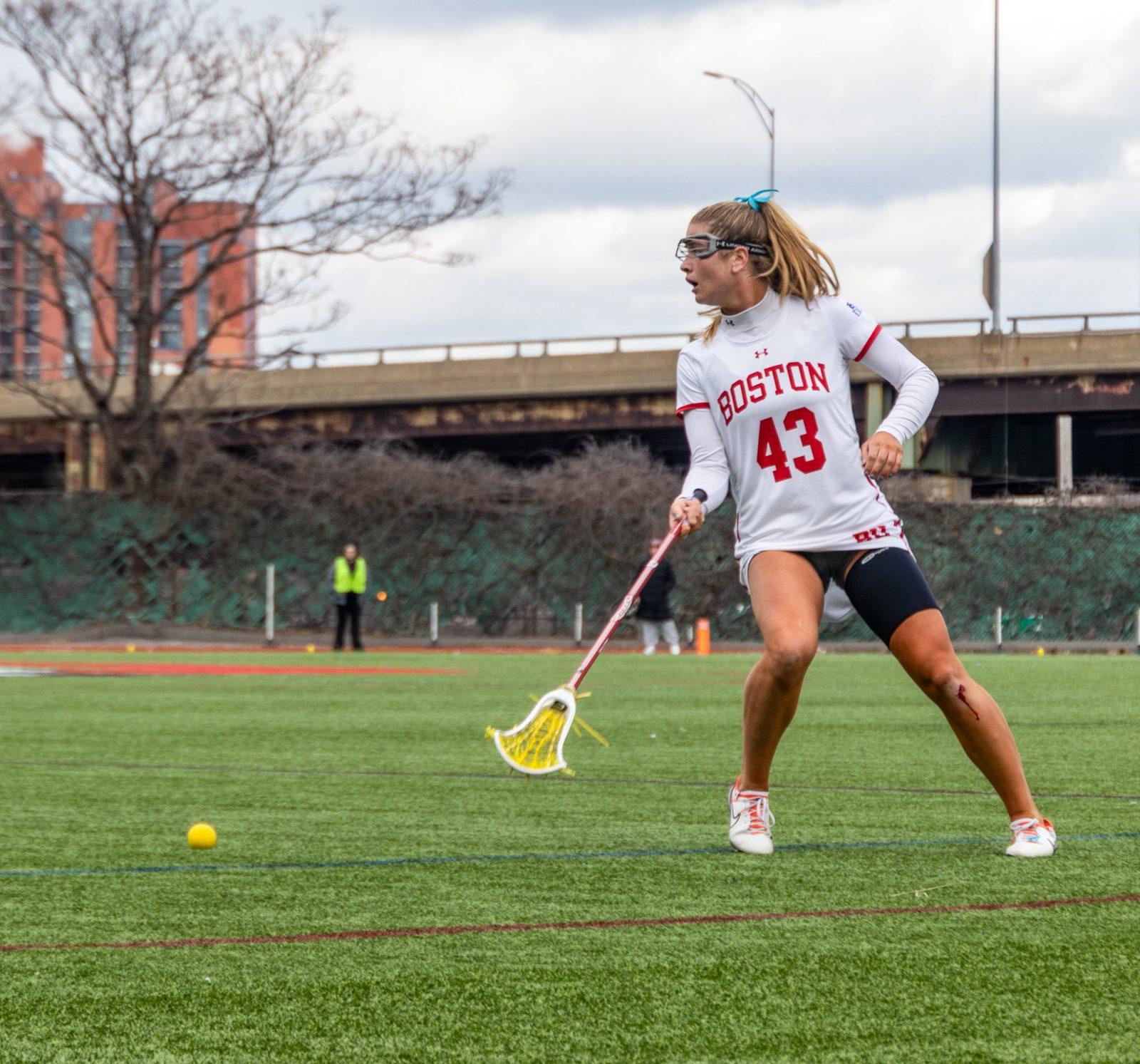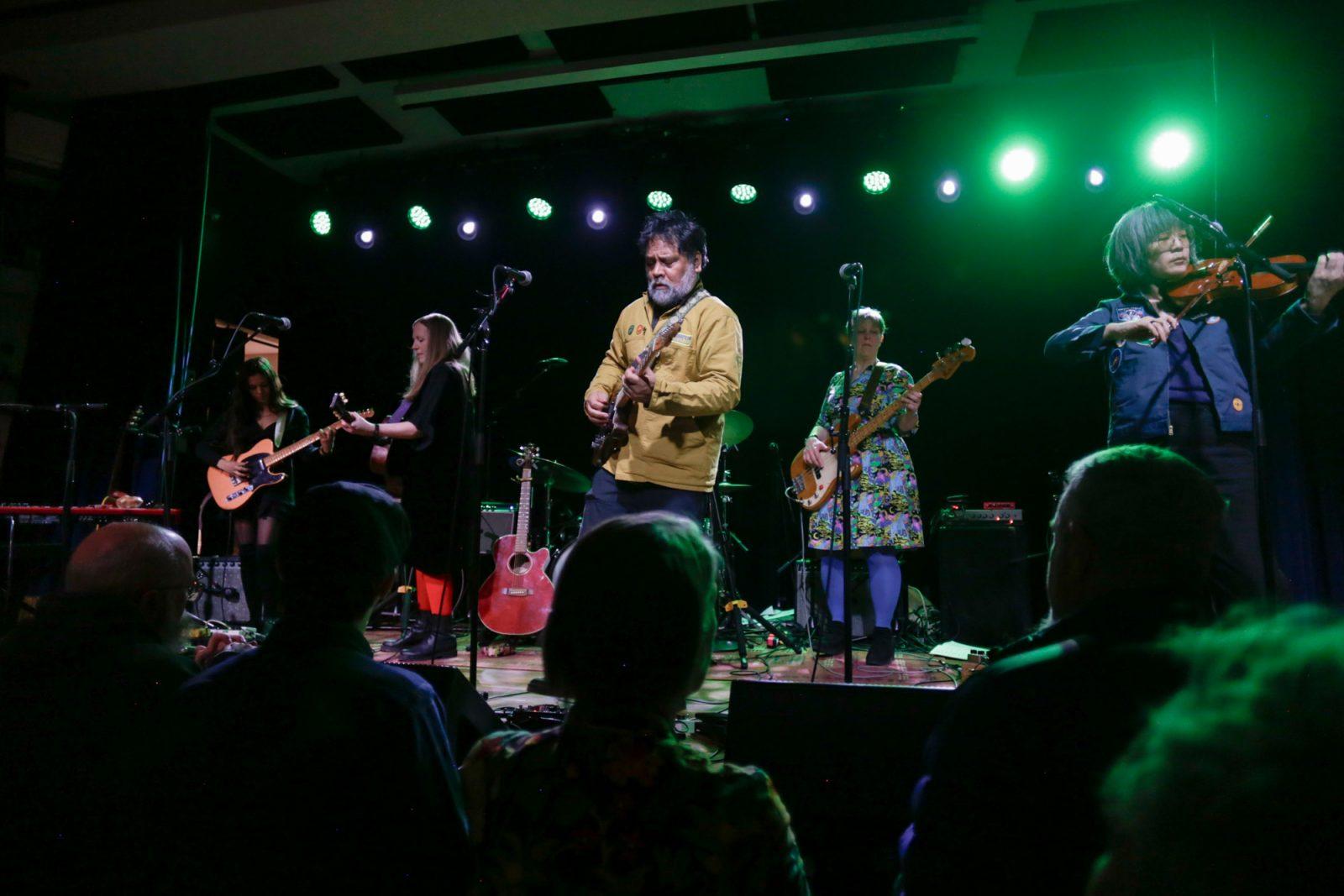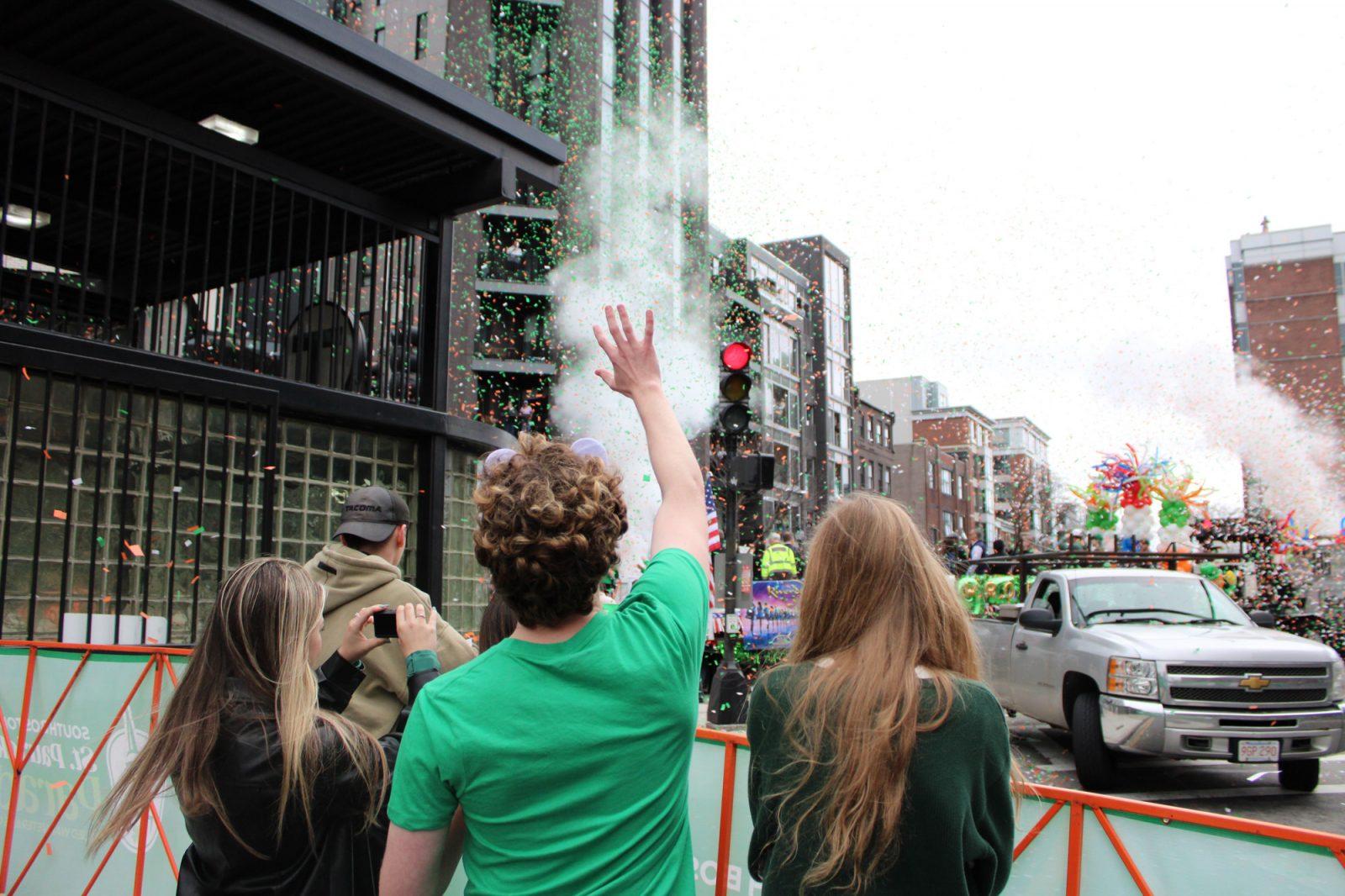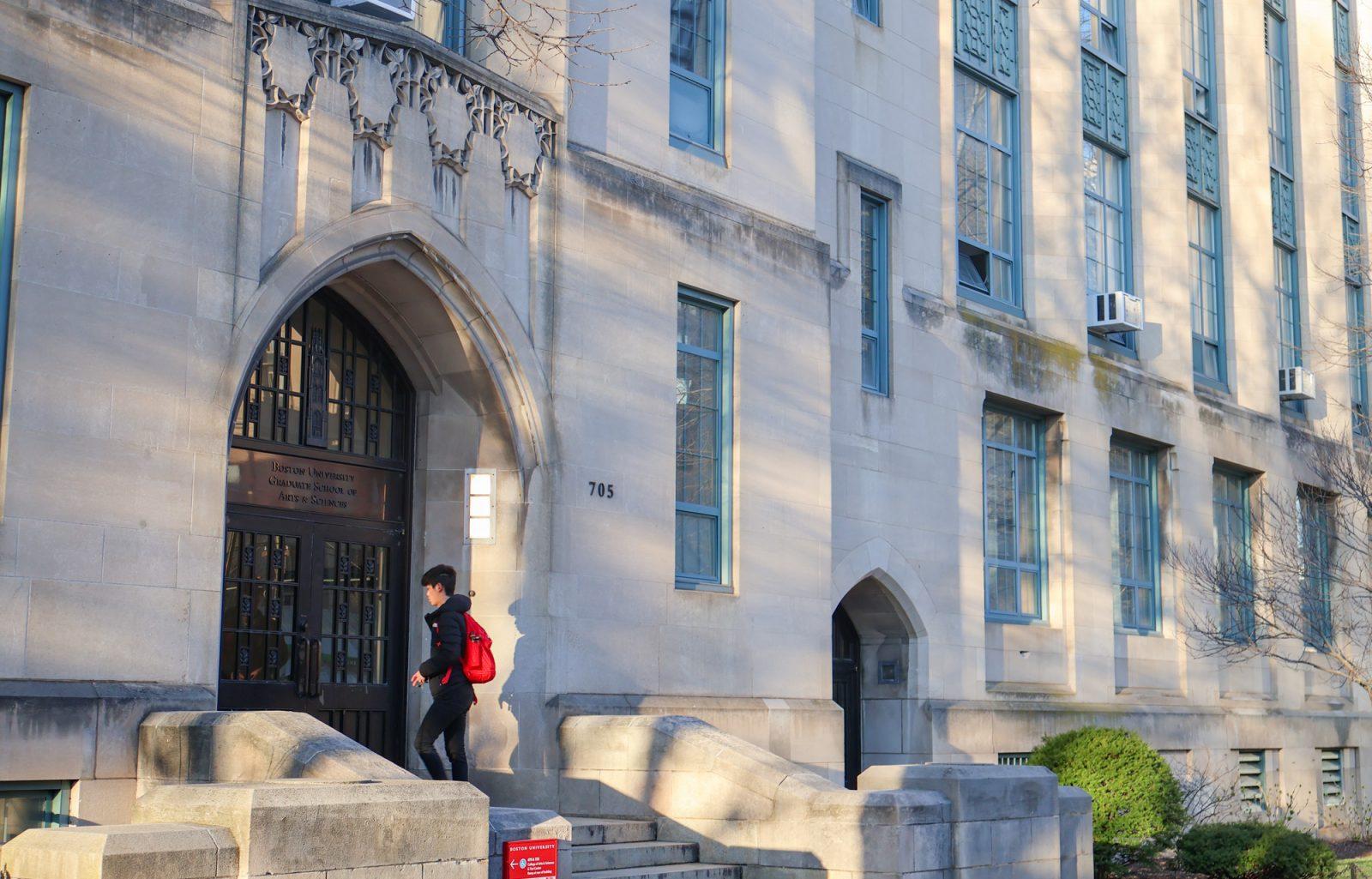Prepare to invest a lot of money, sacrifice weekends, work long hours (including nights and weekends) and deal with fierce competition, especially in a metropolitan area such as Boston.
Prepare to run a restaurant.
“The job of a restaurant manager frequently involves long hours, a very tactical supervisory style, relatively low pay compared to investment banking, for example, the challenges of supervising minimum wage and temporary employees and the ubiquitous difficult customer,” said Bradford Hudson, an adjunct professor of management in the School of Hospitality Administration. Hudson is also a consultant on growth strategy for consumer-oriented companies and is the former Chief Executive Officer of Bay Tower Inc., one of the 100 largest independent restaurant firms in the United States.
The city of Boston and the surrounding areas of Allston, Brighton and Cambridge offer all types of restaurants, catering to the various needs and wants of a diverse, multicultural population. The clientele across the city ranges from money-tight college students to businessmen in the financial district who pull in six figures annually.
These varied options and customers provide an air of competition for restaurants — especially in a city, where options abound.
“Compared to 50, even 30 years ago, the restaurant business is highly complex and competitive,” Hudson said. “One measure of this is the relatively large number of restaurant companies that are now publicly traded on the stock exchanges. It’s not really a mom-and-pop industry anymore.”
However, it is not impossible to take the initial start-up steps. According to Hudson, starting a restaurant doesn’t require as much money as some other businesses do. Start-up costs for top restaurants range from $2 million – $7 million – compared to $100 million in some other fields.
SHA professor Michael Oshins pointed out the varied challenges an owner or manager can face, making it necessary to take on a partner or team.
“It’s a tough business and a lot can go wrong,” he said. “Restaurants are open 70, 80, 90 hours a week, and you need a team to make it successful. You will burn out if you try and run it by yourself.”
Restaurant owner Prakuti Majmucar knows this, which is why she has partners who “share the burden of long hours and sacrificing weekends.” Majmucar owns three Indian restaurants — Rangoli in Allston, Mambe Bistro in Brookline and Tanjore in Harvard Square.
“You have no social life,” she said. “But it helps having partners because otherwise, in two to three years, you get burned out.”
Long hours and lots of work are certainly not the only difficulties restaurant owners and mangers face. Location and target market must also be considered when starting a restaurant. In today’s struggling economy, restaurants must think about ways to publicize their establishment, attract customers and keep them coming back.
Several restaurant owners said Boston experiences such a high volume of tourist and pedestrian traffic that these issues are less problematic.
“One of the pros of being in the city is the access to a lot of visitors,” said Seana Kelly, manager at Durgin Park restaurant located in Faneuil Hall. “More people are walking and many tourists come here,” she said.
Steven Peljovich, general manager of John Harvard’s in Cambridge, agreed.
“There is a never-ending opportunity to build and gain guests,” he said. “An old manager said our clientele includes everything from the cut-off jeans and T-shirt to the three-piece suit.”
However, Boston does present some downsides. Parking occasionally discourages potential customers.
“Parking, traffic, the Big Dig are some of the disadvantages,” Kelly said.
Some restaurants realized that coming into the city could be inconvenient and costly for customers, especially families; they adapted by opening establishments in suburbs, Oshins said.
“In Waltham, one street [Moody Street] now has 10-15 nice restaurants that used to be dumpy,” he said. “They started about 10 years ago to serve the suburban market.”
Suburban restaurants also bring down the rent of restaurants. Oshins said that owners pay extremely high rates per square foot for space in the city. He explained that areas on the outskirts of town, like Allston, have a different clientele partially because of their lower rents.
“Rents are cheaper in Allston,” Oshins said, adding that lower rent means cheaper food. “Restaurants there attract many students because you can get good food for not a lot of money.”
Rangoli in Allston gets many young people. Majmucar said the restaurant attracts people primarily in their 20s and 30s, as opposed to Mambe Bistro, in Brookline, which attracts older and more established clients. Majmucar’s third restaurant in Harvard Square, Tanjore, attracts many faculty, students and visiting parents.
College restaurants like those in Allston and Cambridge should have a specific atmosphere, Hudson said.
“The common wisdom is that a college restaurant should be cheap, offer large portions, have lots of burgers and simple food and have an energetic but unimposing atmosphere,” Hudson said. He hypothesized that many local restaurants do not understand this.
“One reason [Boston University] neighborhoods do not have better restaurants is that most restaurateurs consider college students to be a homogenous group of undemanding and financially constrained consumers,” he said.
Many restaurants are reporting getting fewer customers than they are used to. Primary factors in this decline are competition, the slowing economy and in many cases, the effects of Sept. 11.
“Even the summer was slow,” Majmucar said, describing the start of the decline. “Business is down still; and students from the Middle East, I don’t see those faces anymore. It is taking its toll.”
Dennis Iannelli, manager of Barcode, a bar and restaurant in the Back Bay, blamed the economy for the initial slowdown. Sept. 11 exaggerated those trends, he said.
“The prior year was slower than the last three because of the slowdown in the economy, and September 11th took the wind out of the sails,” he said. “Business has been a little better, but it is still not good.”
But not everyone is struggling anymore as a result of the terrorist attacks. Paul Witham, manager at Bricco restaurant in the North End and Il Panino in Faneuil Hall, said people were avoiding the city right after Sept. 11, but he has noticed a steady increase. Now his restaurants are hitting their expected sales figures.
According to Peljovich, John Harvard’s has seen an increase in business since Sept. 11; he claims the atmosphere and food at his 10-year-old establishment provide a sense of security.
“We provide a comfortable environment,” he said. “People are going back to their family and want places where you can get chicken pot pie. We have great food at a good price, and we are benefiting from our reputation.”
Satisfaction like this is the reason that restaurateurs make so many sacrifices, Hudson said.
“Some people like the high energy, constant uncertainty and extensive human interaction,” Hudson said. “Some people are chef groupies or food connoisseurs, and other people are driven by the potential to make lots of money and be famous. It is all certainly possible in the restaurant industry.”

